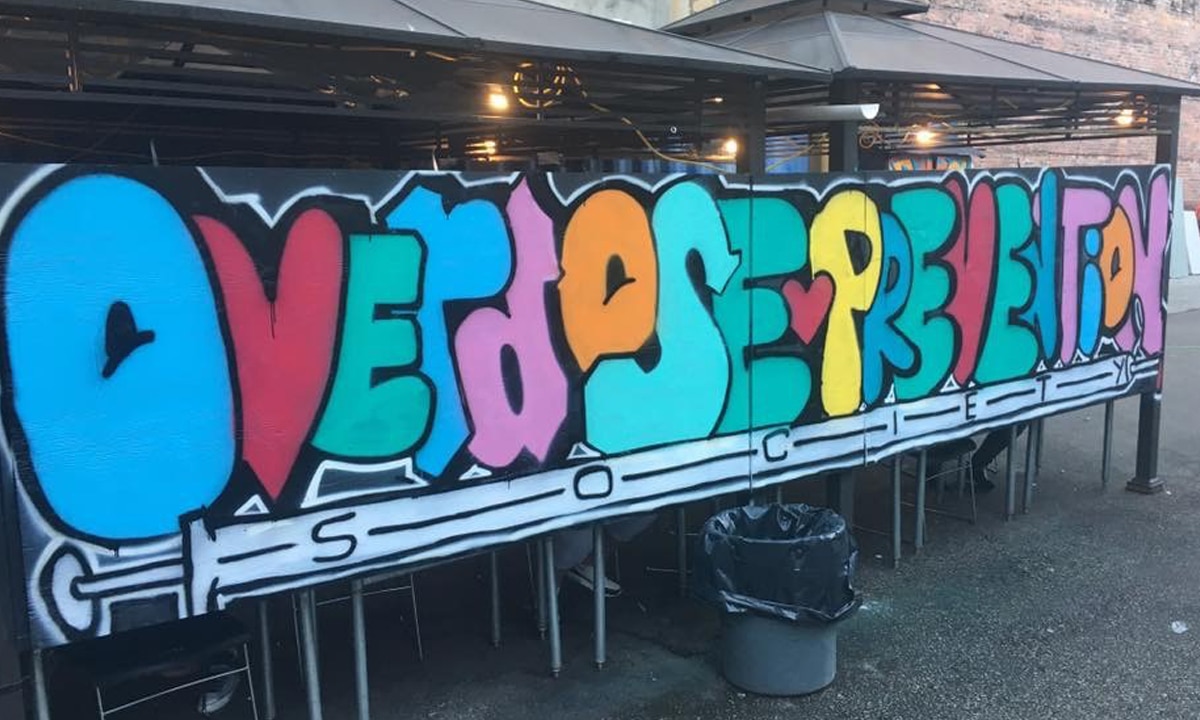I’ve learned very quickly that the Land Down Under and the Great White North have a lot in common: we’re both parliamentary democracies; we’re both partial to smothering french fries in gravy (even if Aussies call them “chips” and don’t add cheese); and of course, we both have universal healthcare.
Both our countries are understandably proud of our healthcare systems. While witnessing the current heated debate in the United States over universal healthcare, Australians and Canadians alike can find themselves thinking: “oh how primitive, we did that ages ago.” Yet despite our fantastic systems, in both Canada and Australia, patients still struggle to access a vital, all-natural pain relief medicine that has demonstrated a range of other positive health benefits, including helping children with epilepsy reduce their risk of seizure (Thomas & Cunningham, 2019). I am of course talking about cannabis.
In Canada, medicinal cannabis isn’t a government subsidized medication. This means costs are prohibitively high. In 2019, across Canada the cost of medicinal cannabis per gram was on average 75 cents higher than non-medicinal cannabis. This might seem like a small amount, but when buying in larger quantities to fill a prescription, these costs add up. Medicinal cannabis isn’t subsidized in Australia either; a six- to eight-week course of medicinal cannabis can cost over $750 AUD ($662 CAD). This can cause healthcare costs to rapidly increase; in Australia the cost of treating an epileptic child with a standard dose of medicinal cannabis is $60,000 AUD ($52,573 CAD) a year. Since these costs are not subsidized, this translates into crippling medical bills for a lot of families.
In response to this, Canada has seen some changes. Organizations like CanniMed subsidize the cost of medicinal cannabis for people on disability or unemployment benefits, and Veterans Affairs Canada also covers registered members for use of medicinal cannabis. Unfortunately, these are the outliers. Large numbers of low-income Canadians in need of medicinal cannabis are still unable to surmount the prohibitive costs. In Australia, some state governments have sought to surmount financial burdens through compassionate access schemes, such as the framework set up in Victoria under the Access to Medicinal Cannabis Act 2016. This scheme subsidizes the cost of cannabis, but only for children with epilepsy and only if other treatments have failed. Whilst this is an important protection for vulnerable children, the scheme is currently capped at 90 participants, so it too is limited in scope.
Similarly, both Australia and Canada face issues of “postcode injustice” since there is a far greater degree of access to medicinal cannabis in cities than rural areas. In both countries there are troubling reports of people travelling hours from regional areas to fill prescriptions either due to a lack of clinics altogether or (as occurred in Manitoba in March 2018) clinics running out of stock.
Of course, the tide is turning in Canada. With cannabis legally regulated for recreational use, doctors are becoming less hesitant to prescribe it. As the normalization of cannabis use continues, insurance companies and government bodies are moving closer towards subsidizing medicinal cannabis. The legal cultivation of cannabis plants also helps bridge the gap for rural communities who might otherwise struggle to access medicinal cannabis.
Meanwhile, the illegality of cannabis in Australia creates additional barriers to health outcomes, which jeopardizes marginalized people in need of medicine. Whereas wealthy people can overcome the prohibitive costs of accessing pain relief, lower income families are forced to choose between agonizing pain, or the risk of arrest. This is another stark reminder that our outdated approach to drugs has real negative impacts that disproportionately affect disadvantaged groups.
Australia’s prohibitive regime at least (logically) makes sense: we’re still clutching our collective pearls at the thought of cannabis being used recreationally, so there is accompanying hesitation around its medical use. Despite slow moves to decriminalize recreational use of cannabis in some states and territories, there is still a long way to go before we see widescale legal regulation. But it’s a sad sight that in Canada you can purchase marijuana from a store as easily as you can buy alcohol, yet the medical benefits of this substance are not endorsed by health insurance providers or the government.
Australians and Canadians have a right to be proud of our healthcare systems. But we shouldn’t forget that when it comes to medicinal cannabis, we’ve got a long way to go. If both countries don’t take greater steps to improving access, our claims of superiority will be little more than blowing smoke.
Thomas, Rhys H & Cunningham, Mark O (2019). Cannabis and epilepsy. Practical Neurology, 10, 465-471.





